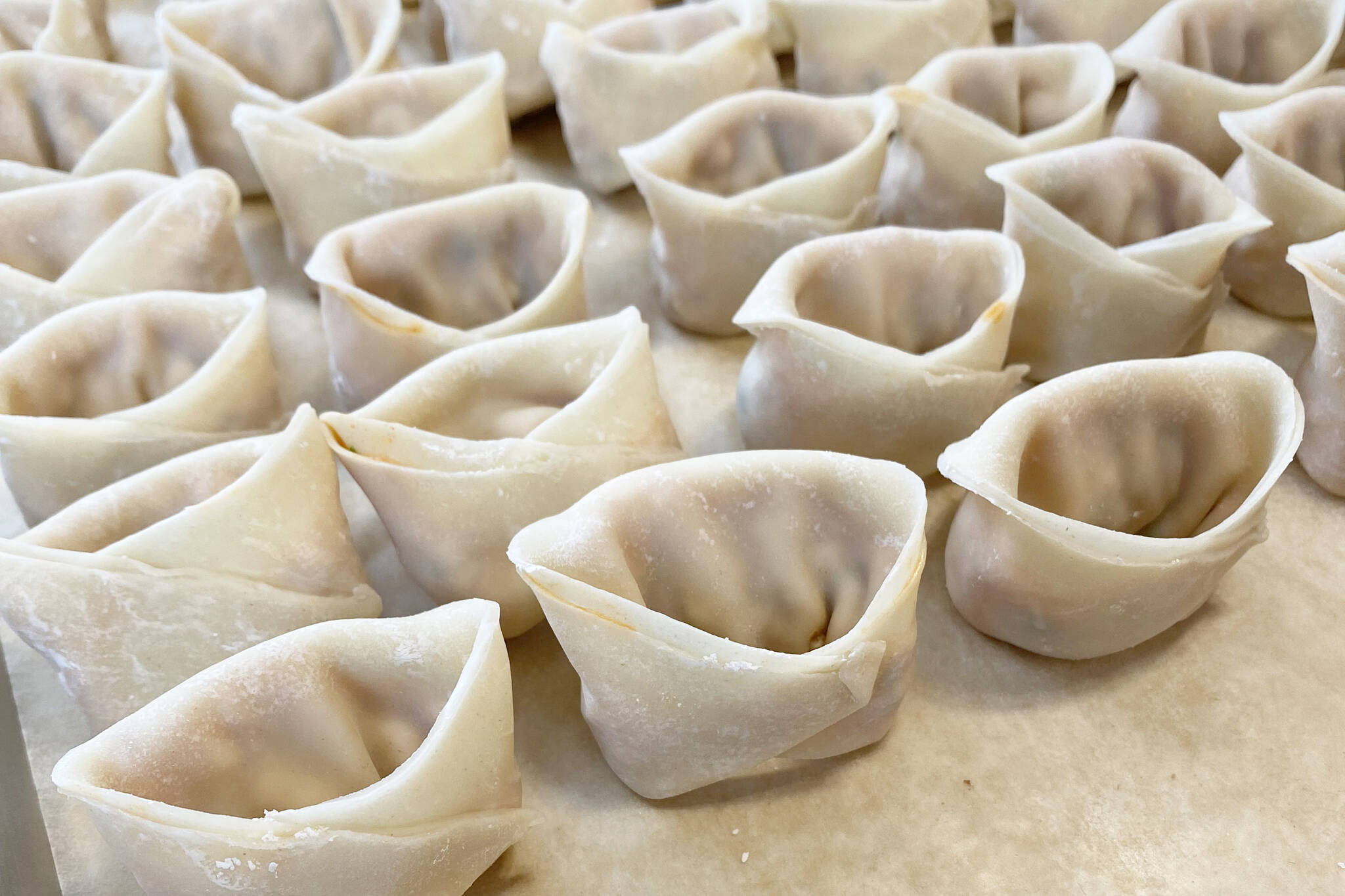This past Sunday was the Lunar New Year and the end of the Year of the Tiger.
As a tiger myself, the year was full of high highs and low lows. Years of your birth sign are traditionally tumultuous — unless you happen to get married or have a baby in that year — and despite my best efforts, I quite unfortunately did not. Although I am conscious of the fleeting nature of life, and I seek every day to be presently appreciative of my time here, a part of me is relieved to see the year ended and behind me.
It is now the Year of the Rabbit, or, in some traditions, the Year of the Cat. While the Year of the Tiger called for decisiveness, as tigers are courageous and bold, rabbits are quiet and cautious, so this is a year for peace and thoughtful calm. People born under the sign of the Rabbit are quick-witted, pensive, creative, and tactical. If your birth year is 1939, 1951, 1963, 1975, 1987, 1999 or 2011, you are a Rabbit.
For our New Year’s celebration this year I made a batch of kimchi mandu. The process of finely mincing all the ingredients and slowly, artfully folding each dumpling provided a quiet opportunity to meditate and set my intention for the coming year.
Although ground pork is generally traditional, I chose a vegan version using crumbled extra-firm tofu as the protein. Also traditionally included are potato starch noodles but I couldn’t find any, so I used soaked bean thread noodles instead.
Happy year of the Rabbit to you all! May you receive many blessings and enjoy a blissfully tranquil year.
Vegan kimchi mandu
Ingredients:
¾ block of extra-firm tofu, crumbled
2 tablespoons finely minced fresh ginger
10 cloves finely minced garlic
4 stalks green onion, finely minced
½ cup finely minced onion
2 ounces bean thread noodles
1 cup kimchi, chopped fine
2 tablespoons sesame oil
1-2 tablespoons Korean red pepper paste (adjust for spiciness)
1 tablespoon soy sauce
½ teaspoon salt
Black pepper to taste
1 package wonton wrappers (usually 45-50 wrappers)
Directions:
Soak your bean thread noodles in hot water until soft. Strain and chop into pieces no longer than ½ inch and place in a large mixing bowl.
Using your knife, scrape the tofu until it crumbles. Do this until the tofu almost resembles a paste. Wrap in a clean kitchen towel and wring out the excess water. Add to the bowl.
Chop the kimchi very fine and squeeze out the excess liquid. You want the filling to be as dry as possible. Add to the bowl.
Prepare the rest of the filling ingredients and add to your mixing bowl.
Mix thoroughly — a gloved hand works best for this.
Unwrap your wonton wrappers and wrap in a damp paper towel or kitchen cloth. This will keep them from drying out while you work.
Prepare a baking sheet with parchment paper as your landing zone and a small bowl of water to wet your fingers.
Take a wrapper in your hand and using a wet finger moisten the edge of two sides.
Place a teaspoon of filling in the center and fold up, corner to corner to make a triangle shape.
Press out the excess air as you pinch the edges to seal.
Wet one bottom corner of the triangle and pull the other bottom corner over to meet it and seal, creating a circle shape.
Fold the top corner down over the back of the dumpling and set on the baking tray.
Repeat until all the filling or all the wrappers are gone, whichever comes first. If you have excess filling, make some fried rice with it.
Freeze solid on the tray and transfer to a freezer bag and store for up to 3 months.
To serve:
Steam for 6 minutes (8 minutes if frozen) and serve immediately. You can also add them to soup or deep fry them, although I think steamed is best. Make sure your steamer is lined with cloth or cabbage leaves so they won’t stick.


